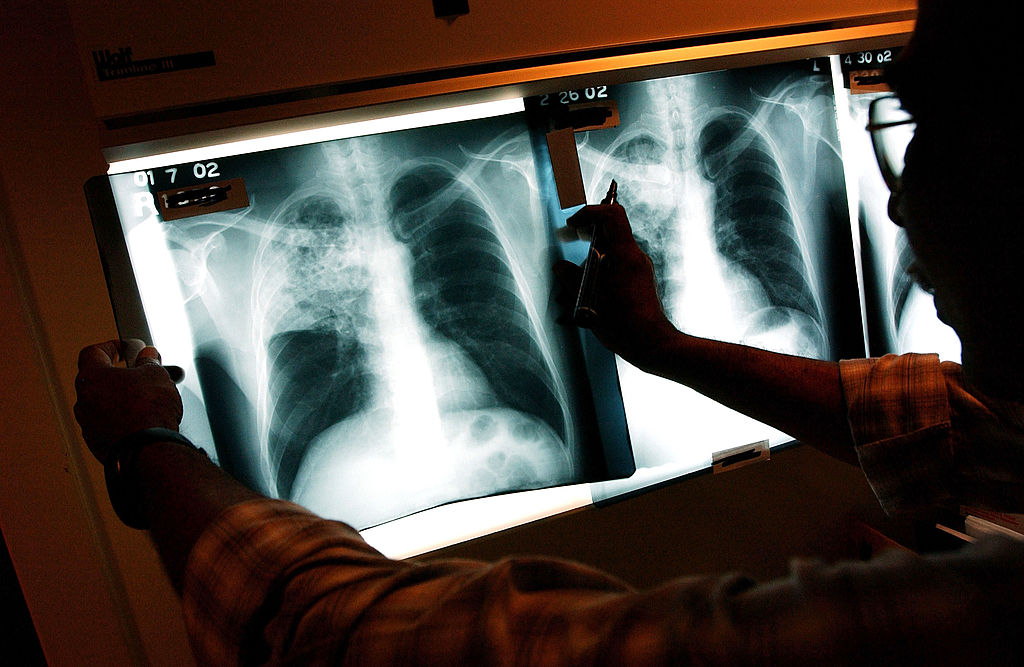A recent development in a Washington senior living facility has brought tuberculosis (TB) back into public health conversations, particularly concerning vulnerable populations. A resident testing positive for TB has prompted immediate action and raised questions about disease management in communal living environments. This situation, while serious, offers an opportunity to understand how public health systems and care facilities respond to infectious diseases, emphasizing safety and community well-being.
Understanding Tuberculosis
Tuberculosis, commonly known as TB, is a serious infectious disease caused by the bacterium Mycobacterium tuberculosis. It primarily affects the lungs, but can also impact other parts of the body such as the kidneys, spine, and brain. Unlike highly contagious viruses that spread easily through casual contact, TB typically requires prolonged, close contact with an infected individual to transmit, as the bacteria are spread through the air when a person with active TB disease coughs, sneezes, or speaks.
Symptoms often include a persistent cough (sometimes with blood), chest pain, fever, night sweats, unexplained weight loss, and fatigue. It’s crucial to understand that not everyone exposed to TB develops active disease; many develop latent TB infection. In this state, the bacteria are present in the body but are inactive, not causing symptoms, and are not contagious. However, latent TB can progress to active TB disease if not treated, particularly in individuals with weakened immune systems.
Fortunately, TB is both preventable and treatable. Active TB disease is curable with a course of antibiotics, and latent TB infection can also be treated to prevent the development of active disease, significantly reducing the risk of transmission.
Facility Response and Public Health Measures
Upon confirmation of a TB case, senior living facilities, in close coordination with local public health authorities, initiate a comprehensive response to protect their community. This typically involves isolating the individual with active TB to prevent further transmission and initiating appropriate medical treatment protocols as prescribed by healthcare professionals.
A critical next step is contact tracing, a process to identify and test other residents and staff who may have had prolonged exposure to the infected individual. These tests, often tuberculin skin tests (TST) or interferon-gamma release assays (IGRA) blood tests, help identify those who may have been infected with the TB bacteria. Those who test positive for latent TB infection might then be offered preventative treatment to keep the infection from developing into active disease, a vital step in community containment.
Communication is also key during such events. Facilities typically provide clear and timely updates to residents, their families, and staff, explaining the situation, the measures being taken, and what to expect. This transparency helps to alleviate concerns and ensures everyone is informed about the necessary precautions and testing procedures.
One public health official noted, “Our priority in these situations is always the health and safety of the residents and staff. Rapid identification, comprehensive testing, and clear communication are paramount to containing the spread and providing peace of mind.” These coordinated efforts underscore the commitment to safeguarding vulnerable populations within communal living environments.
Conclusion
While the news of a TB case in a senior living facility can understandably be concerning, it highlights the robust public health systems and the diligent efforts of care providers in place to manage such situations. The focus remains on continued monitoring, thorough testing of potentially exposed individuals, and ensuring effective treatment for anyone affected by the disease.
This incident serves as an important reminder of the ongoing need for vigilance in communal settings and the critical role of early detection and rapid response in preventing the spread of infectious diseases. The collaborative approach between senior living facilities and public health departments is essential in protecting the well-being and health of all community members.




